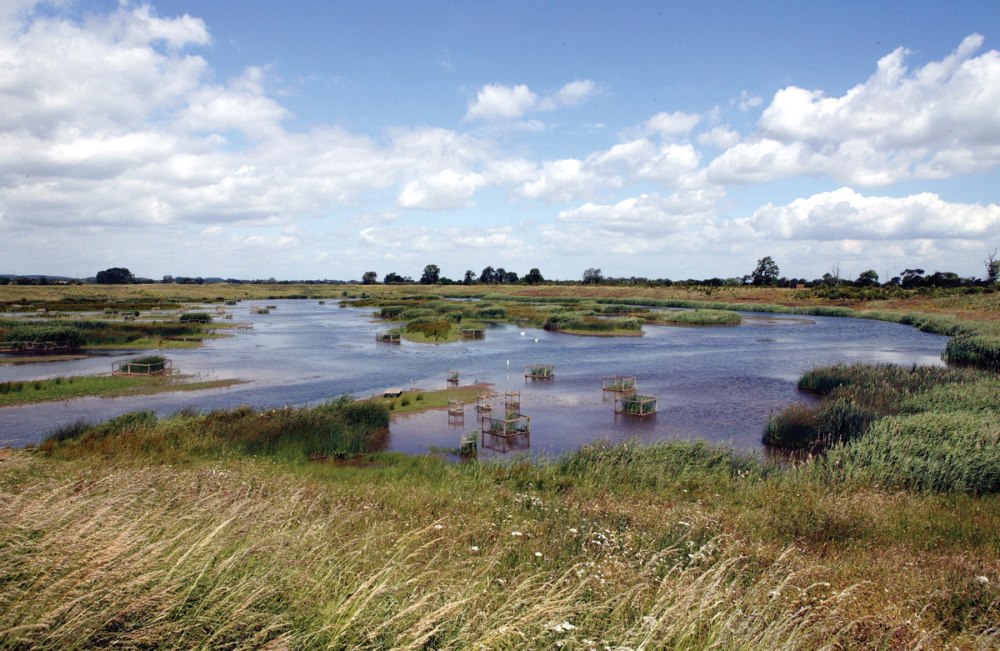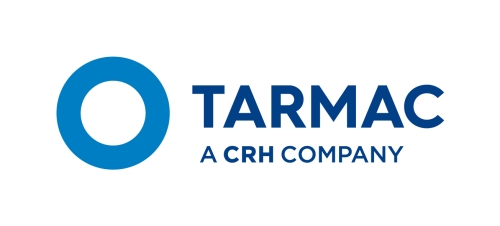environmental stewardship
“We’re just giving nature a helping hand, this is just what you’d hope would result from site restoration.”
David Park, Tarmac Restoration Manager North & Scotland
highlights
Our operations are run alongside the wildlife on and around our sites. We are careful in how we manage our sites during operations and believe that appropriate and sustainable minerals restoration represents potentially the biggest terrestrial habitat expansions opportunity across the UK. Site biodiversity management plans are an integral part of our environmental management system and are used to identify actions and targets for priority habitats and species. This supports our commitment of enhancing our contribution to environmental stewardship and frequently means working in partnership with regulators, wildlife bodies such as RSPB, The Wildlife Trusts and other community groups. Effective engagement with these stakeholders is crucial for the restoration of sites and the creation of priority habitats within them. It also dovetails well with much of our work on community engagement and employee volunteering.

Our approach to environmental stewardship extends to playing an active role in supporting archaeological discoveries as well as conservation work. We facilitate a number of archaeological digs and investigations each year to determine if any important historical sites exist on our land. This is a key requirement of every planning application and provides us with an opportunity to help develop knowledge about the historic environment in the area. We also fund further investigations into archaeological remains, so that they can be preserved off-site, catalogued or left in situ.
We assess the environmental risks and potential impacts from all our operations and consider factors such as the type of activity, the surrounding environment, local communities, compliance with legislation and industry best practice. Our environmental management system (EMS) is core to this approach.
Throughout 2017 our operational teams have continued to work hard to embed the Tarmac environmental management system and successfully completed the transition to the new ISO 14001:2015 standard across the business.
We report and record all incidents no matter how minor. During 2017, 53 environmental incidents and near misses were raised via our internal reporting system. These related mainly to minor spills, water management issues and releases of dust and other emissions to air. Steps are taken to address such issues as soon as possible and to prevent them occurring again.
During the year we received a total of 107 community complaints across our business, mainly related to issues with dust, vibration from quarry blasting, and vehicle movements. We actively encourage all incidents to be reported so that we can investigate them thoroughly, review our approach and make changes to prevent any recurrence.
Cement 2017
| Unit | Particulates | Sulphur Dioxide (SO2) | Oxides Of Nitrogen (as NO2) |
|---|---|---|---|
| Tonnes | 74 | 634 | 2144 |
| kg/tonnes PCe | 0.03 | 0.29 | 0.98 |
| % reduction compared to 2000 | -94% | -94% | -66% |
Lime 2017
| Unit | Particulates | Sulphur Dioxide (SO2) | Oxides Of Nitrogen (as NO2) |
|---|---|---|---|
| Tonnes | 17 | 15 | 50 |
| kg/tonnes CaO | 0.04 | 0.04 | 0.12 |
| % reduction compared to 2000 | -95% | -96% | -57% |
* PCe – Portland cement equivalent, a standard industry normalising factor representing the tonnes of Portland cement manufactured from a tonne of cement clinker.
** CaO – Quicklime
